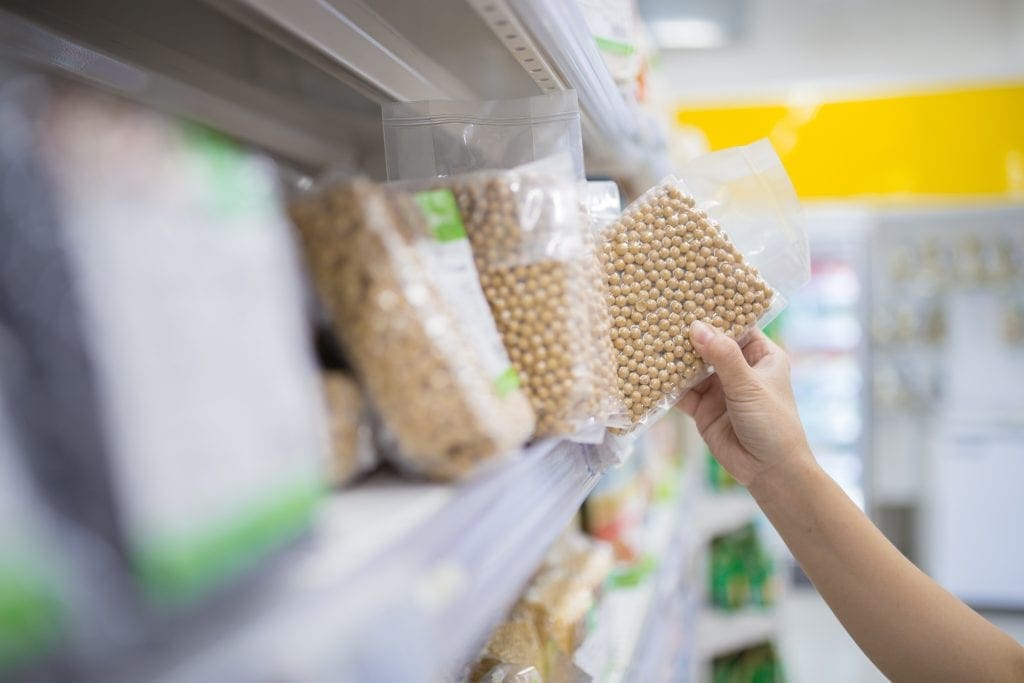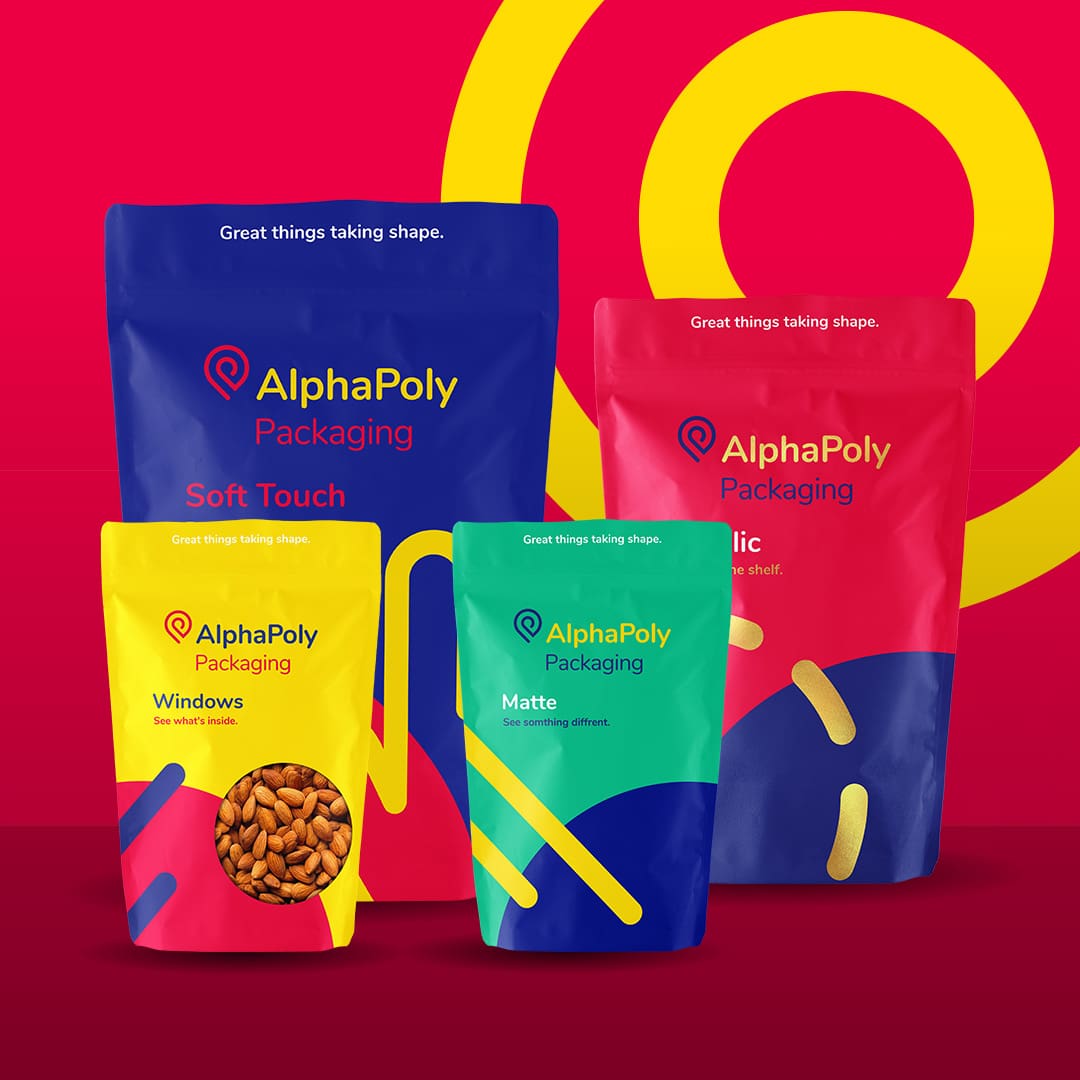Reach out and touch:5 ways brands can use tactile experiences with packaging to create value in unique ways.
As one of the first senses we experience as infants, touch is often forgotten by brands when considering unique ways to differentiate and add value to their products. In a consumer’s buying process touch is only second in importance to sight. After the visual look of a product draws a consumer in, the next natural step for them is to reach out and touch it. When that touch experience can be used to enforce messaging it can be a powerful tactic for marketers.
Successful consumer brands know that tactile experiences with packaging can be used to create a wide range of emotions and form subconscious opinions about a brand before the product is even used. From luxurious to cheap, wasteful to eco-conscious, and immersive to boring, the tactile experience a consumer has with a brand can leave both positive and negative impressions depending on how it’s executed.
Let’s dig deeper into 5 ways brands can use tactile experiences with packaging to create different emotions with consumers that help them deliver their brands messages.
Touch and luxury
Using tactile experiences with packaging to elicit perceptions of luxury or a premium feel is common in consumer packaging. From matte finishes, to unique textures, to increased rigidity or weight packaging can be used to make a products price feel more palatable as the expensive feel of the packaging adds to the value consumers put on a product.
Think of a luxury brand like Apple where sleek, matte, rigid, tight fitting, and simplistic packaging is an integral part of the brand experience. As the first interaction a consumer has with their expensive products, it creates a positive experience during unboxing that helps soften the blow of the price that was paid for it.
Similarly for premium liquor brands, it’s not uncommon for a bottle to be sold in an extra level of packaging such as a tube or box, which is often made with embossed portions or mixed materials to enhance the premium feel when it’s touched.
Touch and convenience
An often overlooked emotion that touch can elicit is a feeling of convenience, or lack thereof depending on the execution. Compare these two experiences and how convenience can be conveyed through tactile experiences with packaging.
First think of a product that’s designed to be portable for on-the-go-use but comes in a slippery, rigid, heavy, and hard to open packaging. The tactile experience not lining up with the products intended use is likely to almost make a consumer question fitting it into their pocket or bag, carrying it on them for a long time, or opening it when they are in a hurry.
Contrast that with an experience with a product that is designed for children or the elderly and has features like raised textures, pull tabs for opening and is light enough to handle easily. The tactile experience here reinforces its convenience for its target consumer. Those features work together to deliver a message that the product is easy to grip for weak hands, easy to open, and light enough to handle with less muscle power.
Touch and sustainability
Increasingly consumer brands looking to deliver a sustainability message are utilizing the tactile experiences of their packaging to drive their story. Sustainable packaging that physically feels like it’s made from sustainable materials can go a long way with reinforcing that a brand is committed to the environment.
Intentionally designing packaging without treatments that can be felt like gloss, coatings, can actually help a brand tell a better sustainability story. When packaging feels like it is in its simplest form without frills or added treatments it can help tell a story that focuses on minimizing a brands environmental footprint all the way from packaging to the products within.
Beyond packaging feeling like it’s made from sustainable materials, the feeling that comes from handling packaging with more size and weight than might be needed can be detrimental to a sustainability message. Feeling the weight and density of a material or seeing the size of packaging as its being thrown away can be a physical reminder of the time it can take for large or heavy items to break down in the natural environment.
Touch and engagement
One interesting emotion brands can create with tactile packaging experiences is engagement. While creating engaging experiences with the feel of packaging does require some out of the box thinking, there are brands that have seen success by using packaging as something to do instead of something to throw out immediately.
Nestle Japan tackled both sustainability and an opportunity to engage with their customers. For their KitKat chocolate bars sold locally they introduced a recyclable paper wrapper that also came with instructions on how to fold the empty wrapper into an origami crane.
Beyond origami cranes, other brands have pushed the boundaries on using tactile experiences with packaging for engagement with their customers. Iconic popcorn brand Orville Redenbacher experimented with designing a microwavable popcorn bag that could be easily converted into a popcorn bowl for the movie ahead. And Pizza Hut really pushed boundaries with a wild campaign where pizza boxes were designed to double as playable turntables.
Touch and information
An obvious but often forgotten element of the tactile experiences with packaging is that it can be used to actually share literal first-hand information about a product. Think of these common purchasing scenarios and how tactile information about a product is conveyed by packaging that allows buyers to have a hands on experience.
When buying bathroom tissue the thin and form fitting packaging allows users to actually feel how soft and cushiony it is right there on the shelf. When buying any bagged produce it’s natural to pinch through the packaging to check for softness and spoilage. When buying kids toys packaging is intentionally open in parts to allow parents to touch and feel the product before determining if it’s fun or safe.
Packaging that accommodates tactile experiences with products where touching them helps deliver important buying information can go a long way in helping brands market their products better and help consumers make more informed buying decisions.
Your packaging partner
Whether it’s to convey luxury, show convenience, demonstrate sustainability, encourage engagement or share information, tactile experiences with packaging can help brands convey a wide range of emotion. Consulting with an experienced packaging partner can be a valuable asset to help brands understand what packaging design, materials and finishes can help deliver those tactile experiences.
At AlphaPoly we offer our clients a reliable partnership for their packaging solutions that draws on more than 30 years of industry experience and knowledge. We pride ourselves on being nimble and responsive to our clients needs and we offer a wide variety of traditional and sustainable packaging options that are tailor made for our clients industries.
Find out how AlphaPoly can elevate your brand today, contact us to learn more.





